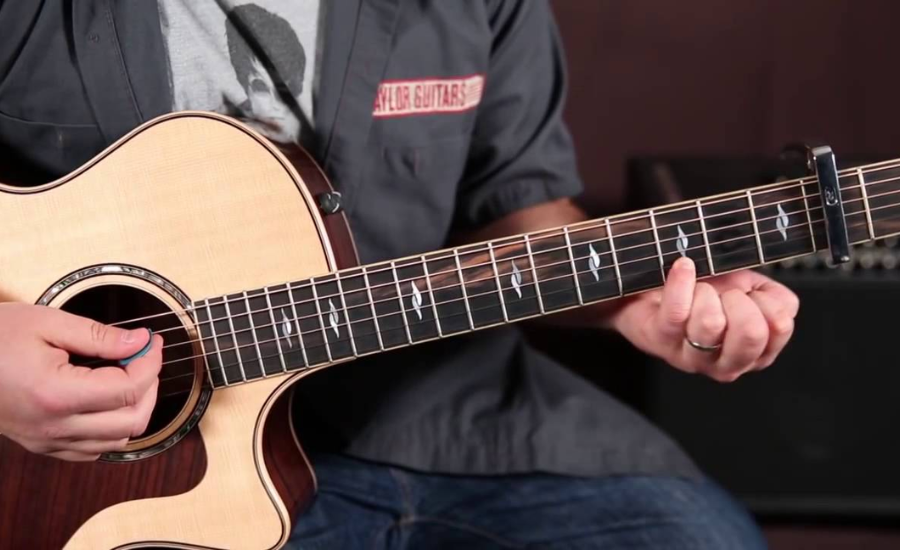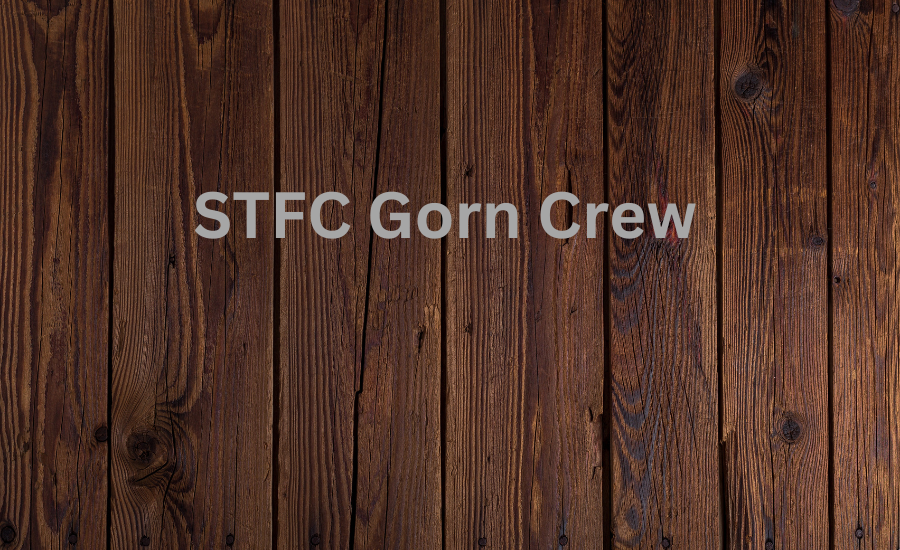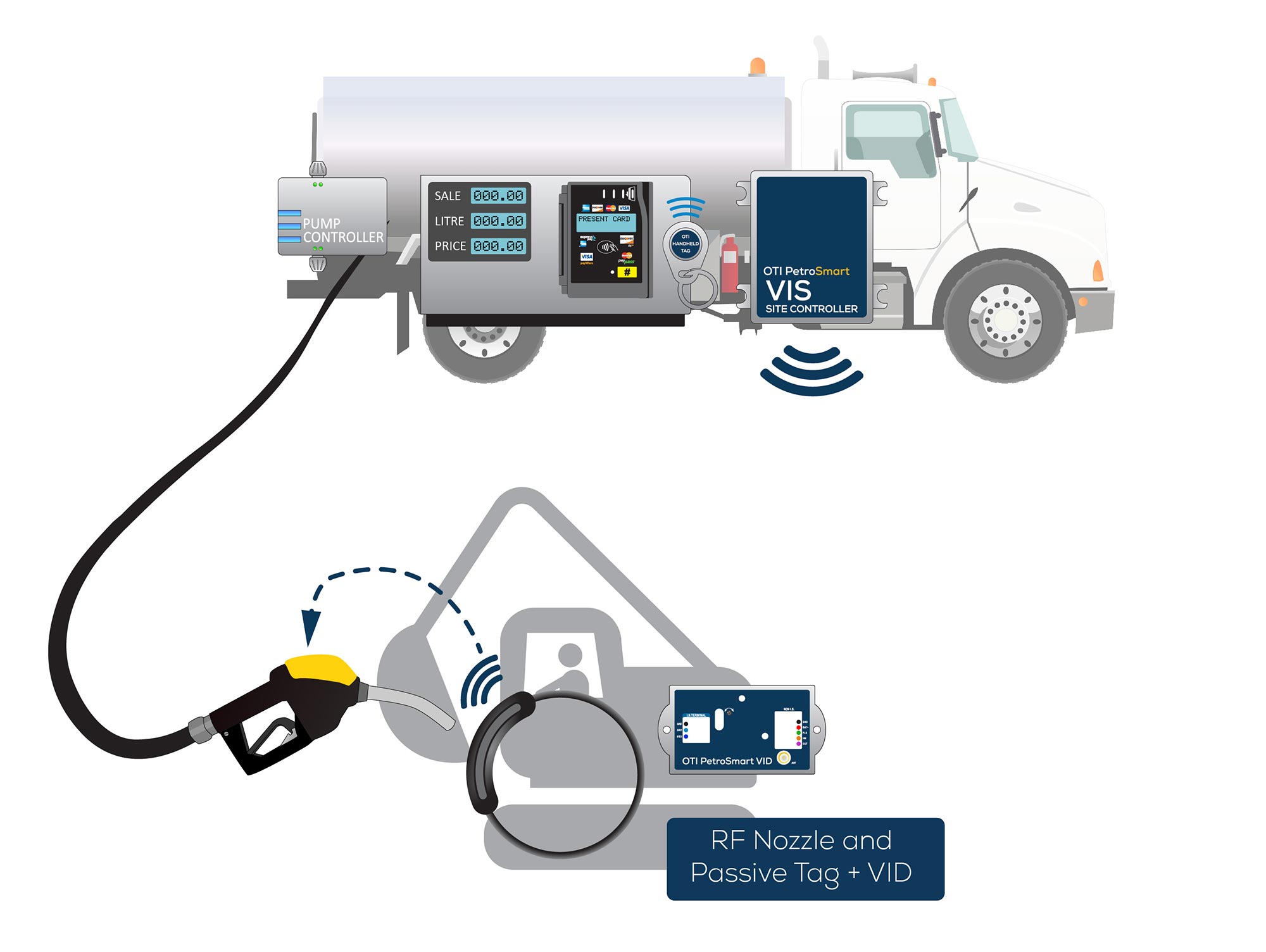If you’ve ever wanted to play “Peaceful Easy Feeling” by the Eagles, you’re not alone. This classic song, a staple of the Eagles’ discography, captures a relaxed vibe that’s perfect for guitar players at various levels. The song’s chord structure is approachable yet timeless, making it a go-to tune for jam sessions and performances alike. In this article, we’ll go over the “Peaceful Easy Feeling” chords in detail, breaking them down for beginner, intermediate, and advanced players, so you can find your way to capture this timeless classic.
A Brief History of “Peaceful Easy Feeling”
Written by Jack Tempchin and recorded by the Eagles in 1972, “Peaceful Easy Feeling” has been a fan favorite since it was first released on the band’s debut album. The song combines folk and rock elements, with lyrics that evoke a sense of calm and satisfaction. The tune is deceptively simple but carries a rich, emotional weight. Learning to play “Peaceful Easy Feeling” chords can transport you into the soulful, laid-back sound of the ’70s, a style the Eagles helped to define.
Basic Overview of the Song’s Structure
“Peaceful Easy Feeling” follows a classic verse-chorus structure, with a relaxed rhythm that gives it a soothing, mellow feel. The song’s key is E major, and it features a mix of major chords, minor chords, and some interesting embellishments that add texture. It has a typical rock and country feel, with straightforward strumming patterns that make it easy to sing along to.
Here are some key details about the song’s structure:
- Key: E Major
- Chords: E, A, B7, C#m, and a few others (detailed below)
- Strumming Pattern: Down, Down-Up, Up-Down-Up
- Tempo: 73 BPM (beats per minute)
Let’s dive into the “Peaceful Easy Feeling” chords one by one.
Essential Chords for “Peaceful Easy Feeling”
To play “Peaceful Easy Feeling” effectively, you’ll need to know a few basic chords. The song mostly revolves around the chords E, A, and B7, with some variations to add flavor. Here’s a breakdown of each chord with the finger placements:
1. E Major Chord
- Fingering:
- Place your index finger on the 1st fret of the G string.
- The middle finger is on the 2nd fret of the A string.
- Ring finger on the 2nd fret of the D string.
- Strum: All six strings.
2. A Major Chord
- Fingering:
- Place your index, middle, and ring fingers on the 2nd fret of the D, G, and B strings, respectively.
- Strum: Strum from the A string down.
3. B7 Chord
- Fingering:
- Place your index finger on the 1st fret of the D string.
- The middle finger is on the 2nd fret of the A string.
- Ring finger on the 2nd fret of the G string.
- Pinky finger on the 2nd fret of the high E string.
- Strum: Strum from the A string down.
4. C#m Chord (C# Minor)
- Fingering:
- Barre your index finger across all the strings on the 4th fret.
- Place your ring finger on the 6th fret of the A string.
- Place your pinky finger on the 6th fret of the D string.
- Strum: All strings.
These are the foundational chords that will carry you through the entire song. As we go through the verses and chorus, you’ll see how they come together to create the song’s signature sound.
The Chord Progression for “Peaceful Easy Feeling”
Verse Progression
The verses in “Peaceful Easy Feeling” use a repeating progression that sets a warm, inviting tone. Here’s the chord progression for the verses:
- E – Start with a steady downstroke on E.
- A – Move to A for a smooth transition.
- E – Return to E, maintaining that easy feel.
- B7 – End the progression with B7, adding a touch of tension before starting the loop again.
Repeat this progression for each verse section, using a laid-back strumming pattern to capture the song’s mellow vibe.
Chorus Progression
The chorus of “Peaceful Easy Feeling” adds some variation, introducing the C#m chord to evoke a more introspective feel. Here’s the progression for the chorus:
- E – Begin with the root chord for continuity.
- C#m – Shift to C#m to create a minor, slightly melancholic touch.
- A – Move to A for a warm contrast.
- E – Return to E to ground the progression.
- B7 – Finish with B7 to prepare for the next part of the chorus or verse.
This chorus progression is essential for capturing the emotional depth of the song.
Strumming Patterns for “Peaceful Easy Feeling”
Basic Strumming Pattern
A straightforward strumming pattern works best with a “Peaceful Easy Feeling.” Here’s a simple pattern to start with:
- Pattern: Down, Down-Up, Up-Down-Up
- Timing: Keep a steady 4/4 rhythm, with the downbeat on each first downstroke.
This pattern should allow you to easily sing along while keeping the flow of the song.
Intermediate Strumming Variation
If you want to add some flair, try this variation:
- Pattern: Down, Down-Up, Up-Down-Up, Down-Up-Down
- Timing: Play the additional down-up strokes lightly for a more dynamic rhythm.
This pattern gives a fuller sound, perfect for emphasizing the song’s transitions and chorus.
Adding a Capo for a Different Tone
To achieve a brighter tone, consider adding a capo on the second fret. This changes the key to F# major but doesn’t affect the chord shapes, making it a simple way to add variety. Playing with a capo on the second fret will sound higher-pitched and works well if you’re playing along with other musicians.
Here’s how it would look with a capo:
- E becomes an open D shape.
- A becomes an open G shape.
- B7 becomes an open A7 shape.
The capo allows you to explore different voicings while keeping the familiar “Peaceful Easy Feeling” chords intact.
Techniques for an Authentic Sound
Adding Hammer-Ons
Hammer-ons can enhance the sound, especially when playing E and A chords. To do this:
- Start by playing the chord.
- Use your index finger to briefly press on and off specific frets for added texture.
This is especially effective with the E chord, giving it a slightly bluesy, rootsy feel.
Sliding into Chords
Try sliding up to the B7 chord for a professional touch. This technique is commonly used in folk and rock guitar playing to add a sense of movement. For example:
- Play the E chord, then quickly slide up two frets to reach the B7.
- This can make the transition sound smoother and more connected.
Bass Note Emphasis
For a more country-like sound, emphasize the bass note of each chord in your strumming pattern. Start each measure by striking the bass note, then strum the remaining strings. This technique is simple but effective for creating a grounded, resonant sound.
Tips for Playing “Peaceful Easy Feeling” Live or Solo
Playing “Peaceful Easy Feeling” can be even more enjoyable with an audience. Here are some tips for adding your unique touch to the song:
- Add Vocal Harmonies: If you have friends to play with, incorporate vocal harmonies in the chorus to replicate the Eagles’ layered vocal style.
- Vary Dynamics: Start with a soft verse and gradually increase volume and intensity in the chorus to build emotional depth.
- Use a Fingerpicking Pattern: For an intimate sound, try fingerpicking the chords. A pattern of plucking the bass note followed by the higher strings (thumb, index, middle) works well with this song.
Practicing the Chord Transitions
Transitioning between the “Peaceful Easy Feeling” chords smoothly is key to mastering the song. Here’s a quick exercise:
- Play the E and A chords repeatedly, focusing on a seamless transition.
- Add in B7, going from E to A to B7 until you can play it fluidly.
- Practice E to C#m to get comfortable with the minor feel.
With consistent practice, these transitions will become second nature.
Conclusion
Learning the “Peaceful Easy Feeling” chords is a rewarding journey into classic rock guitar playing. The mix of folk and rock elements, simple yet emotional chord progressions, and easygoing strumming patterns make it a valuable addition to any guitarist’s repertoire. So grab your guitar, tune up, and get ready to experience that peaceful, easy feeling that only the Eagles can bring.
Stay updated for more visits and news: Blog Merk!















Leave a Reply